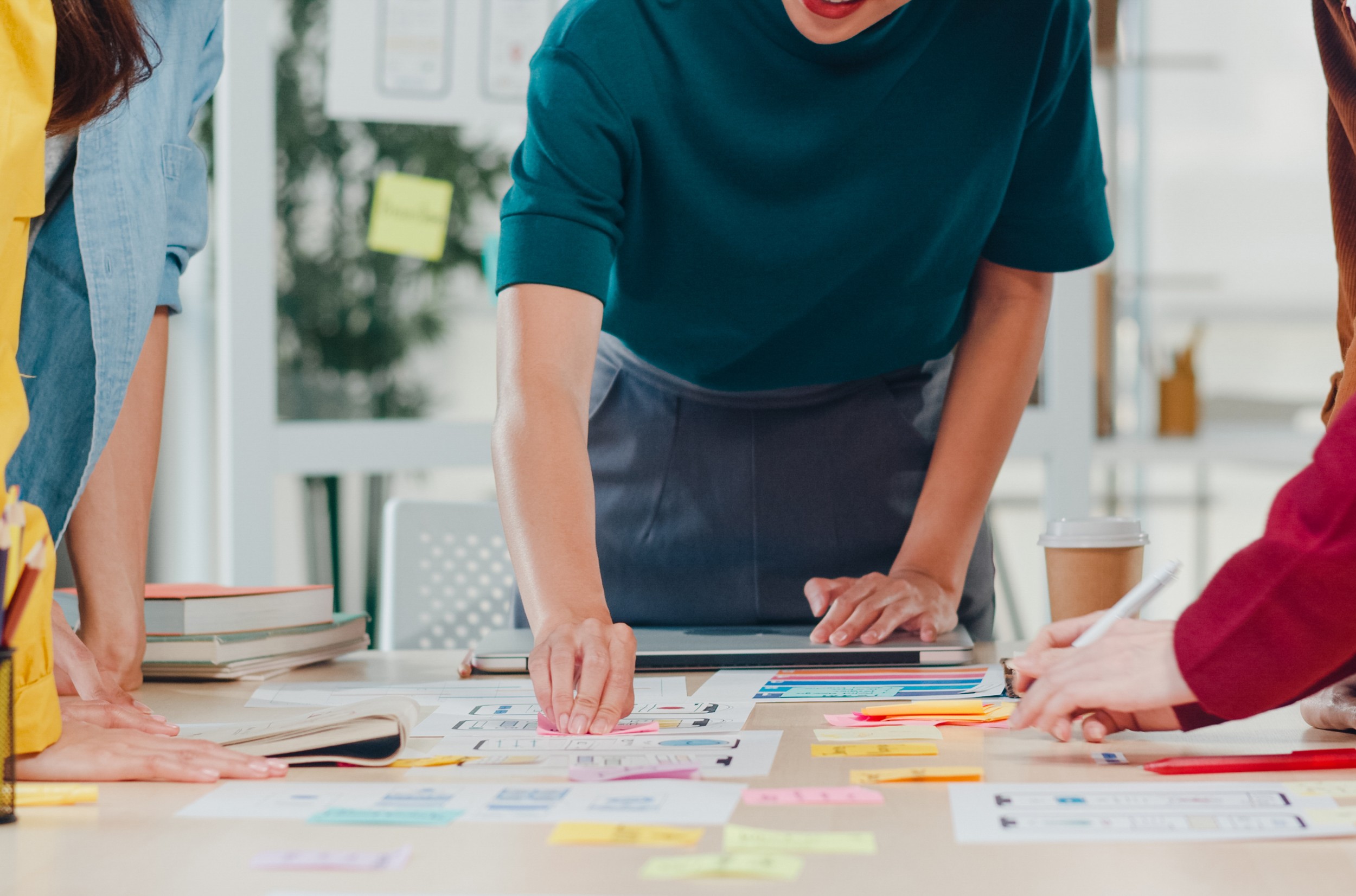In the 1990s, Pine and Gilmore coined the term “The Experience Economy” reflecting a shift in the way businesses marketed their offerings. The idea is that an experience occurs when a company intentionally uses its goods or services to engage customers and create uniquely valuable memories. Think of the immersive experience at Disney World, where everything is designed down to the exact detail to make you feel like a character living through the special moments from your favorite scenes.
One of the strongest indicators of the experience economy is that 78% of millennials, the largest adult group worldwide today, choose to spend their money on a desirable experience over something material.
Ultimately, the shift to an experience economy radically changes how we spend our time and money.
But what are good experiences and how do we create them?
From Experience Economy to Design Thinking
The answer lies in the ways we design experiences. To achieve that immersive and personal effect, we need to know the people we are designing for. This is when Design Thinking — a methodology used to solve complex problems and meet peoples’ needs and desires — comes into play.
By exploring ideal future states with the end-user in mind, Design Thinking has been changing our lives for the better. AI products of tomorrow, personalized healthcare services, social innovations, and people-centric spaces are just a few examples in action. These experiences not only solve our problems, but also elicit a positive emotional response, and drive usage and behavior.
But how about our learning experiences, specifically? How do we design ones that can fit into the flow of life and satisfy the insatiable appetite for learning new skills?
Design Thinking in Learning & Development
Let’s look at 5 ways Design Thinking is changing how we craft learning experiences.
- Design with Empathy
When we empathize, we adopt a beginner’s mindset and focus closely on our learners and their surroundings without assumption or judgment. Then we dig deeper by interviewing them and putting ourselves in their shoes, so we can view the world through their lens. With that, we uncover their intrinsic motivators and underlying needs — ones that they don’t even know exist.
At the end of the empathy step, we usually have actionable insights to develop learner personas and build empathy maps backed by evidence-based research.
- Reframe the Design Problems
Once we know our learners, we can start re-evaluating our current situation, its drawbacks, and advantages. Then we can think about the future state and how to reframe our solutions to match the recent findings. During the ideation stage, we use the How Might We statements as guidelines to diverge and freely brainstorm the wildest ideas. Eventually, we will converge and align on a list of potential solutions to start the innovation process.
- Co-create with your Stakeholders
Every step of the Design Thinking process empowers us to co-create. The design activities we engage in force us to build meaningful collaboration with other designers, other teams, SMEs, and our learners. It fosters collaboration in all facets of the organization so we can solve problems in human-centered ways. After the alignment or co-working sessions, each team member should leave with a summary of shared goals and clarity about the best path forward.
- Build Learning Journeys that Resonate
Learning is not a one-off event, but a concise and compelling journey. A learning experience can be unpleasant or irrelevant merely because one component has been overlooked, under-appreciated, or uncoordinated. Unplanned touchpoints and events or inconsistent visuals and content can leave a learner confused or lost. Therefore, it’s important to zoom out to see the bigger picture, in which each element and its interactions are intentionally designed to create a unified path that wholly captivates the learners. The end products we aim for at this stage are holistic learning journey maps or guided learning paths that cover the entire learning experience.
- Make your Ideas Tangible through Prototyping
Design Thinking is not a one-and-done activity or a sequential step-by-step process. It typically involves a lot of prototyping, testing, iterating, and ongoing feedback from learners to perfect an experience. The more rapidly we develop our prototypes, the more feedback we receive, which allows us to save time in the long run. Don’t go into a meeting room without a prototype or various formats of the same idea. Your prototype is a prop that invites stakeholders to experience your ideas and give you meaningful feedback. Choose a significant moment in the learning journey and experiment with it.
A Design Thinker embraces empathy, optimism, iteration, creativity, and ambiguity. Most critically, Design Thinking keeps people at the center of every process. It also helps us meet the learners where they want to be and design the learning experiences that improve the process of getting there. When we stay focused on our learners, we can create optimal and creative solutions that meet their needs.
If you want to learn how Ardent can help you build learner-centric solutions or run a Design Thinking workshop, reach out to one of our Ardent Experts today.

